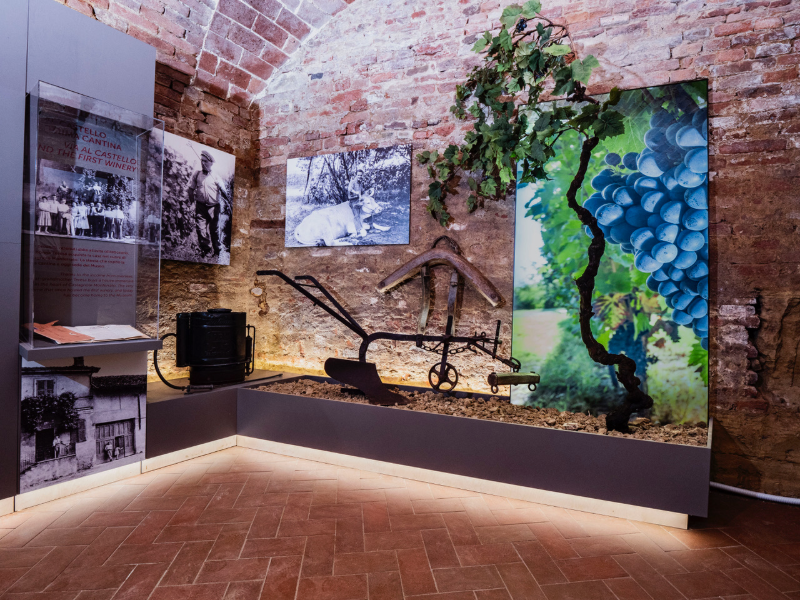Everybody who has tried to learn about wine has learned it is humbling in its complexity. Those who try for years usually become more humble over time rather than less, because the goal of mastery recedes as we approach it, due to the rapid pace of change (technological development, stylistic shifts, climate alteration, new clones of vine varieties…etc.). Speaking only for myself—as one who has studied wine for decades, tasted as many as 10,000 wines per year, and flown well over a million air miles to learn on site—I know for sure that I actually fall farther behind every year. And I’m just fine with that, because along the way I continue to encounter and appreciate new wonders that pique my interest and whet my appetite for all the other wonders lying in wait for me.
If this kind of bushwhacking-without-end is appealing to your character, Italy should be at the top of your list of countries for a failed attempt at mastery. With a profusion of indigenous grapes and undulating topography that divides the nation into countless little valleys that resist homogenization like watertight compartments in a submarine, Italy is a bottomless source of vinous marvels.
The gem I was lucky to romance most recently (after a few earlier flirtations) is Ruchè di Castagnole Monferrato DOCG. Ruchè is the red grape variety, and the village or comune of Castagnole Monferrato is located roughly between Milan and Turin, and more precisely to the north and east of Asti, in the Piedmont region. Six other communes nearby are also entitled to the Ruchè di Castagnole Monferrato DOCG designation, which was elevated from DOC along with a spate of other legal changes in Piedmont during 2010 – 2011.
But enough of these location details and legalities…let’s get to the wines. The Ruchè variety gives wines that are expressively aromatic and even perfumed—but in the good sense, not in the funeral parlor sense. Aromas akin to those of roses and violets are commonly noted by analogy, and rightly so. A floral bouquet is the variety’s calling card, but what makes Ruchè di Castagnole Monferrato wines really exciting is that they are aromatically enticing and delicately fruited, but then surprisingly structured with tannin, making them more robust and serious than seems possible based on their scent alone.
I want to stop right there, with just a descriptive outline, for fear of lumping all renditions of Ruchè into a single stylistic profile. Young versions that were vinified and aged only in steel are light and lithe and delicate (at least until that notable tug of tannin in the finish), whereas Riserva releases with aging in wood can show serious depth and impact of flavor. Especially interesting is that Ruchè’s lavish aromas seem indomitable, by which I mean that neither time nor oak aging seem to tamp the aromas down. The flowers spring out of even the deepest and darkest of examples.
Rather than continuing this still-somewhat-disembodied discussion, it seems better to offer rather detailed tasting notes of specific wines. The seven wines below were sent to me by a couple of friends in the wine trade in Italy, and though they were made by just two producers, they provide an overview of different styles and attributes that will hopefully tempt you to try a few bottles of Ruchè di Castagnole Monferrato DOCG for yourself. No particular wine will be easy to find, but finding at least one or two is possible in almost every major city in North America and Europe, and if you live where shipping direct to consumers is legal, you can take your pick of almost any of the wines reviewed below:
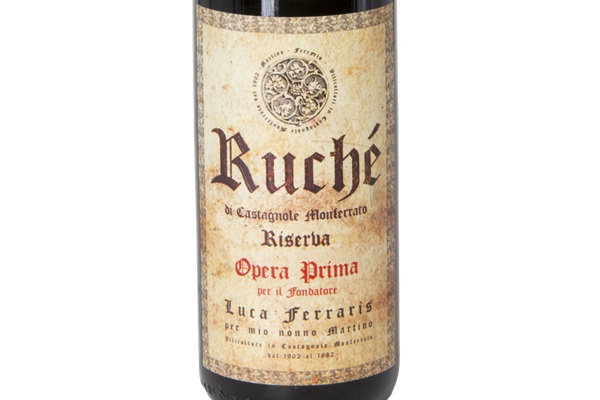
Luca Ferraris, Ruchè di Castagnole Monferrato Riserva DOCG (Piedmont, Italy) “Opera Prima” 2021 ($32): I’ve tasted one other vintage of this wine—and loved it—but I may love this one even more. Riveting aromas show interlaced notes of ripe fruit, heady florals, and a touch of spices, and all these notes echo beautifully on the palate and through the finish. There’s some real richness here, and depth of flavor too, but thankfully the wood influence never tamps down the varietal characteristics of Ruchè—which are enhanced rather than muted by how the wine was crafted in the cellar. This just gets better and better with air and food, and is an excellent wine regardless of its special interest as a rarity (or perhaps a novelty in the sense of probably being something as-yet-untried). It bears an ultra-traditional label (like the two top wines from Cantine Sant’ Agata, another top producer in this category). I’m not sure what that indicates, but my guess is that this is a variety taken seriously by those who know, grow, and make it—and it is an object of long-standing pride that is respected for its unique attributes. 95
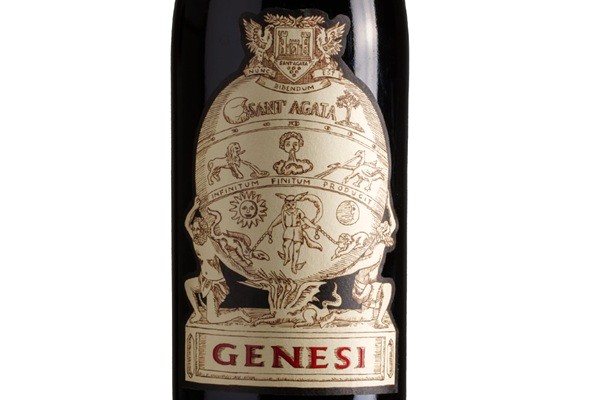
Cantine Sant’ Agata, Ruchè di Castagnole Monferrato Riserva DOCG (Piedmont, Italy) “Genesi” 2019 ($48): This is an unusual rendition of Ruchè—even in the Riserva category—on account of its sheer muscle as well as and structure. With notable density and depth of flavor, as well as lots of tannins with some wood probably adding to the tannin load, this is quite a striking wine. Despite these characteristics, the wine still displays Ruchè’s signature perfume. I left my press sample bottle opened and uncorked for 24 hours to get a sense of its durability, which it displayed in abundance. The fruit was still fresh and the finish quite persistent, and these are attributes that often fade. This wine and the “Pro Nobis” indicate 15.5% alcohol, but neither show this overtly at all, and I didn’t even bother checking the numbers when first tasting the wines. An extremely ambitious take on a fascinating variety, this is an excellent introduction if you can find a bottle. 94
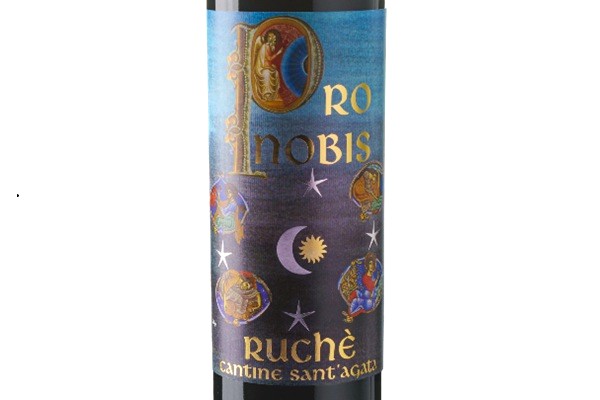
Cantine Sant’ Agata, Ruchè di Castagnole Monferrato Riserva DOCG (Piedmont, Italy) “Pro Nobis” 2021 ($30): This is an outstanding rendition of Ruchè di Castagnole Monferrato Riserva, showing quite impressive depth and length but also some pleasant acidic tartness like what one would hope to find in Barbera from this area. Although it struck me as being less powerful but fresher than the “Genesi” Riserva 2019 from this producer, the floral perfume was as noteworthy in this bottling—if not more so. To be clear, this is not a fluffy, tart wine but rather one that finishes with plenty of tannic grip that requires food as an accompaniment for full enjoyment, but it will prove quite versatile for pairing, as it delivers a lot of aroma and flavor without a lot of physical weight. 93
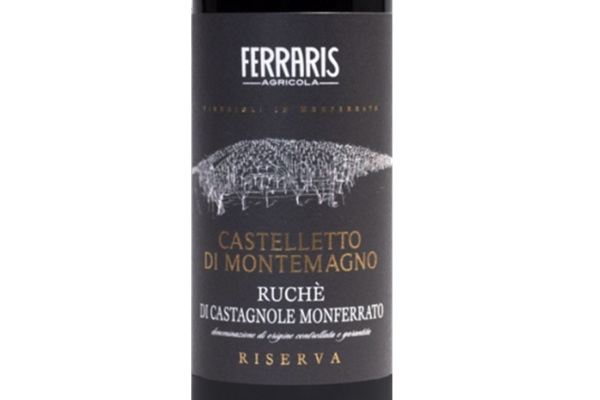
Luca Ferraris, Ruchè di Castagnole Monferrato Riserva DOCG (Piedmont, Italy) “Castelletto di Montemagno” 2022 ($28): This 2022 Riserva from leading producer Luca Ferraris shows very appealing flavors that rise to the challenge of matching the flamboyant floral bouquet of the Ruchè variety without overwhelming it. The wine’s balance in this respect is exemplary, possibly reflecting some influence from the growing season, which was quite warm (lending ripe flavors) but with relatively cool nights compared to 2023 (possibly enhancing the retention of aromatic compounds). In any case, there’s a hint of black fruit to enhance the complexity of the predominantly red fruit notes, and any wood influence is only sensed indirectly rather than as overtly “oaky” aromas or flavors. This is a terrific introduction to the variety. 93
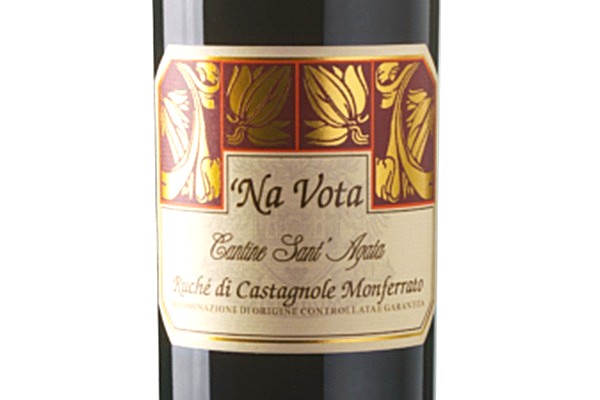
Cantine Sant’ Agata, Ruchè di Castagnole Monferrato DOCG (Piedmont, Italy) “Na Vota” 2023 ($17): This 2023 release from a respected producer shows a bit more physical density than the other two 2023s in this category (from Ferraris) that I tasted simultaneously, yet it is still a light rendition—and one marked much more by floral (violets and roses) perfume than palate punch. That’s not intended as a knock on the wine, and truly light-bodied wines are both very valuable with food and ever rarer in our warming climate. Still, this is a bit plusher in the mid-palate than the “Clàsic” or “Sant’Eufemia” from Ferraris, bottlings from 2023, possibly making this an easier “transition wine” to the category for newcomers, if not (for that reason) quite as strikingly distinctive as the other two. 92
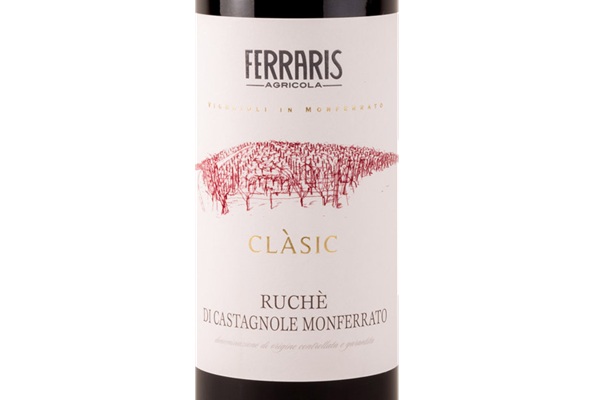
Luca Ferraris, Ruchè di Castagnole Monferrato DOCG (Piedmont, Italy) “Clàsic” 2023 ($24): This is a slightly less transparent and distinctive introduction to the Ruchè variety than this producer’s “Sant’Eufemia” bottling, but because it is made from slightly older vines and aged in large oak casks that provided some oxidative softening, it is (of these two) somewhat more closely akin to other red wines to which most tasters are accustomed. Trying both wines together is highly recommended if possible. This one is a bit less perfumed but a bit richer and with a savory streak to run alongside the rose-like perfume and red fruit flavors. It seemed a bit riper with a slightly sweeter finish, and upon inspection, shows a stated alcohol level of 14.5% rather than 14% for the “Sant’Eufemia.” I’d disclose which of the two I prefer—except that I can’t decide. Do so for yourself if at all possible. 91
Luca Ferraris, Ruchè di Castagnole Monferrato DOCG (Piedmont, Italy) “Sant’Eufemia” 2023 ($20): Although I scored this in a tie with Ferraris’s stablemate “Clàsic,” I could easily understand how others might judge it the better of the two. Made from relatively young vines and aged only briefly and entirely in stainless steel, it is light in weight but blooming with floral perfume. The scent of freshly cut roses is extremely expressive and pure, and though that aromatic descriptor is widely associated with the variety, it rings true to me (as one who lives in a house surrounded by rose bushes, thanks to my Master Gardener wife). It is interesting that 2023 was a seriously hot vintage in the broader region around Alba, and though heat knocks down aromatic compounds in wine grapes, there’s no knocking down the scents in this arrestingly lovely wine. One caution: though it is light and lovely, Ruchè packs a notable tannic punch even in relatively simple and light renditions, so this is not used best as a sipping wine, but rather as a partner for light appetizers with a bit of buffering dietary fat, such as parmesan crisps or almost anything with an accompanying dip based on sour cream or crème fresh. 91
. . .
Photo at top is of the Ruchè Museum, Courtesy of Ferraris Agricola, where it is located. Yes, there is a Ruchè museum, and yes, the very existence of a museum for the variety means you need to learn more about it!

